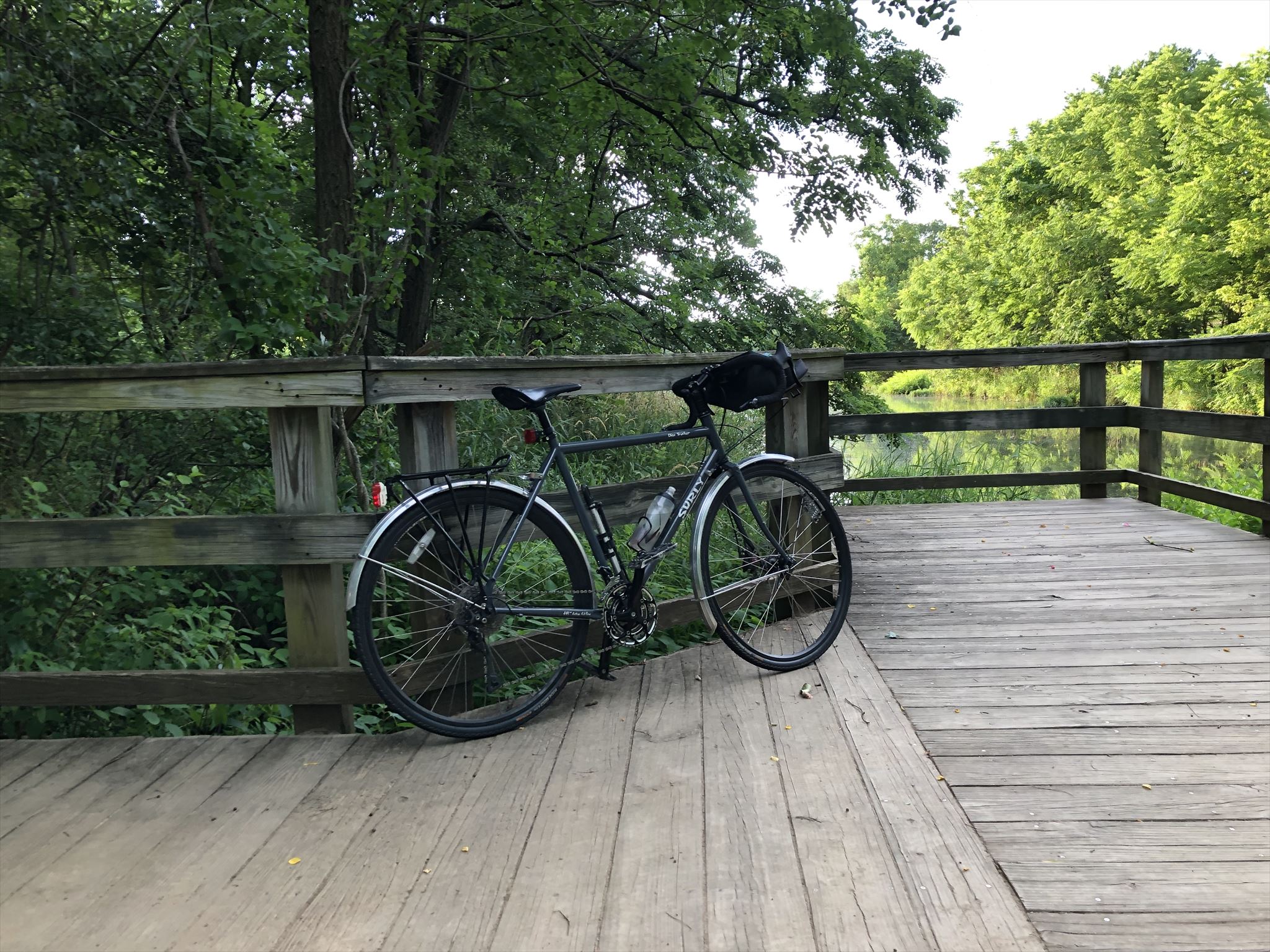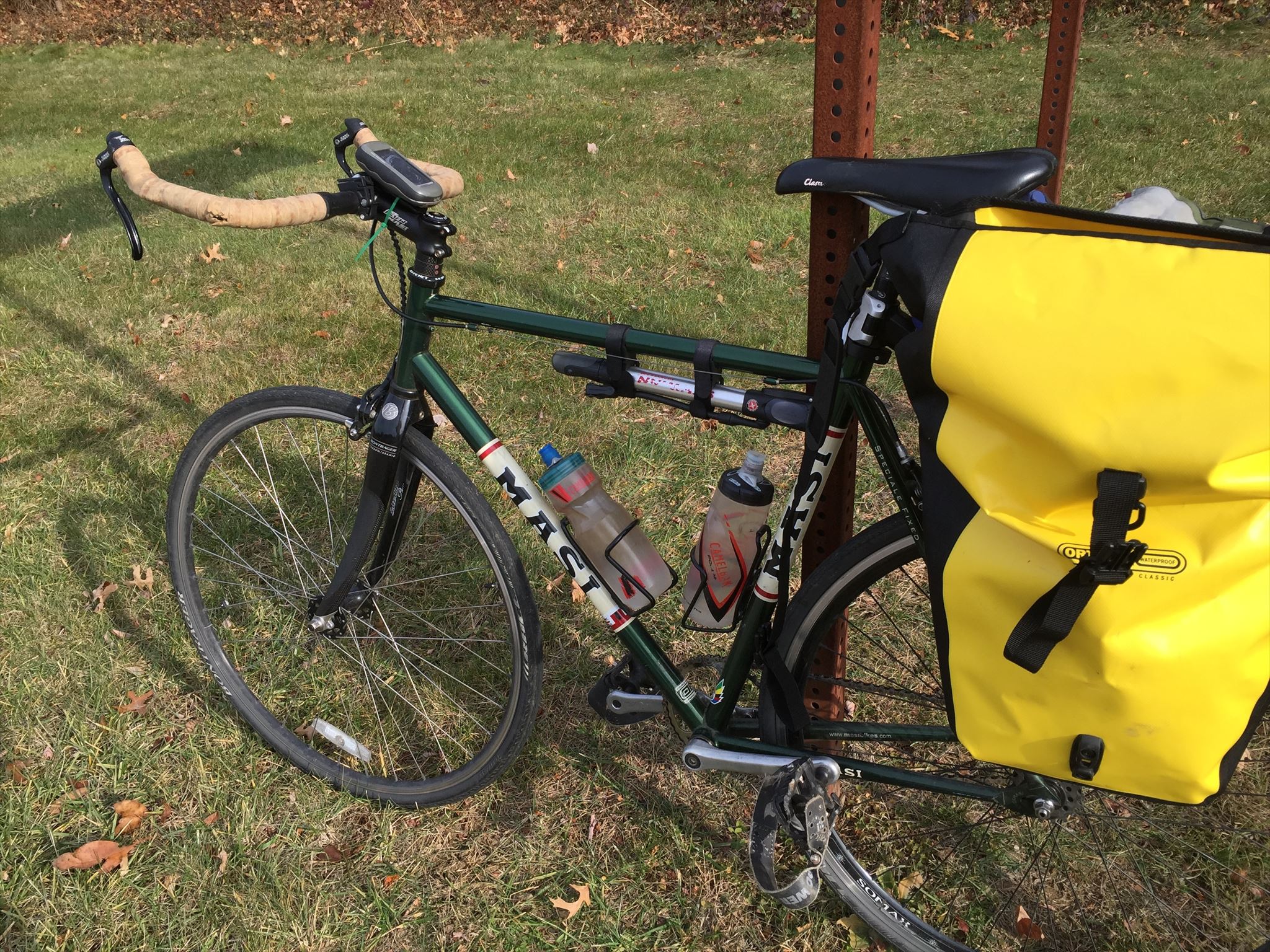On July 6, I noted some recent issues with tightness in my right calf, which has been a recurring issue with me. I’ve suspected that poor kicking form while swimming freestyle and backstroke might contribute to this. I did not swim at all while we were on vacation last week, and had no tightness issues for the entire week. However, I’m noticing that a little bit of tightness is back today, also in the right calf, and I have not yet been in the pool. It just occurred to me that both days I’ve had the issues were right after I took long drives. On July 4, we took a 6-hour day trip to Pennsylvania, and yesterday was a 4-hour(!) drive home from Bethany. My right leg, of course, is the side I use for the accelerator pedal. Could there be a connection here?
While at the shore, I picked up a few half-pound bags of coffee beans, including some light roast (breakfast blend) from Local Coffee Roasting Co. in Roxana, DE. Today was my first foray into brewing anything lighter than medium roast in the AeroPress. I followed the James Hoffmann recipe pretty closely:
- 11 grams coffee, ground at 42 clicks on the JX (1.5 turns minus 3 clicks)
- 200 grams water at 99°C (1:18.1)
- Two paper filters
- 20 second pour
- Steep 2 minutes
- Take off scale and swirl
- Wait 30 seconds
- Press 30 seconds
The end result was OK, but lacking in flavor, which tells me I’m probably not getting enough extraction from the beans. In his video, Hoffmann recommends adjusting either the grind size or the water temperature to address this, instead of upping the amount of coffee, which you might do with a darker roast. Next time, I may try going a little bit finer with the grind, and possibly heating the kettle water to a full boil and pouring directly off that.





